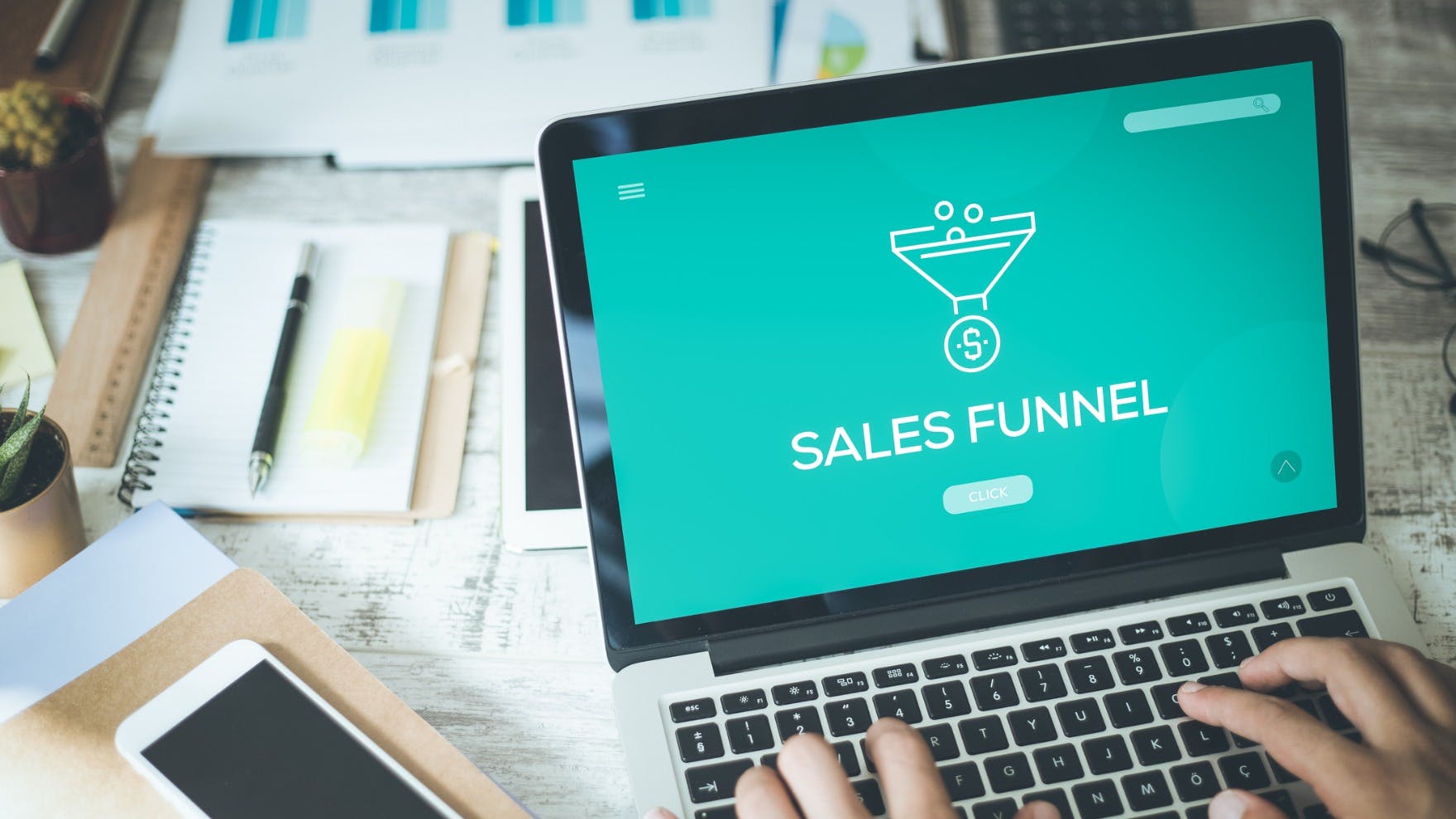B2B Sales Funnel: Stages, Models, Best Practices
Casey O'Connor
Contents
- What Is a B2B Sales Funnel?
- Why Do B2B Businesses Need a Sales Funnel?
- B2B vs B2C Sales Funnel
- Sales Funnel vs. Pipeline
- B2B Sales Funnel Stages
- B2B Sales Funnel Models
- How to Target Each Stage of the B2B Sales Funnel
- How to Build a B2B Sales Funnel
- How to Optimize Your B2B Sales Funnel
- B2B Sales Funnel Best Practices
A B2B sales funnel is a visual and conceptual representation of the systematic journey a prospect takes to become a customer, beginning from the moment they’re captured as a lead.
A well-designed and optimized B2B sales funnel is the backbone of a successful sales organization.
In this article, we’ll go over everything you need to know about the B2B sales funnel, including why they’re so beneficial to sales teams, a variety of potential models, and how to approach each funnel stage for maximum conversion.
Here’s what we’ll cover:
- What Is a B2B Sales Funnel?
- Why Do B2B Businesses Need a Sales Funnel?
- B2B vs B2C Sales Funnel
- Sales Funnel vs. Pipeline
- B2B Sales Funnel Stages
- B2B Sales Funnel Models
- How to Target Each Stage of the B2B Sales Funnel
- How to Build a B2B Sales Funnel
- How to Optimize Your B2B Sales Funnel
- B2B Sales Funnel Best Practices
What Is a B2B Sales Funnel?
A B2B sales funnel is a series of strategically-designed stages through which a prospect passes on their way to becoming a customer. 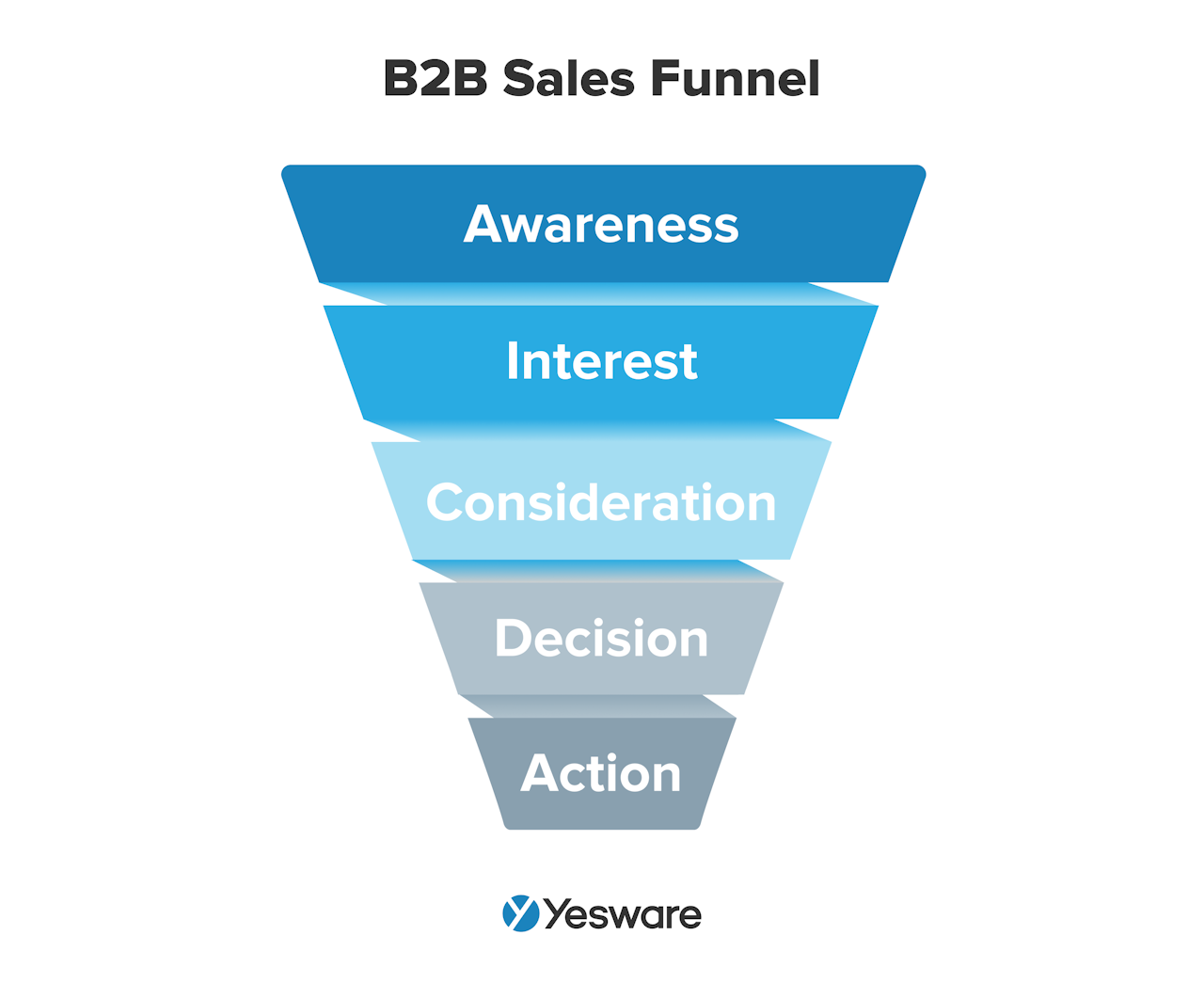 The best B2B sales funnels are created through collaboration between marketing and sales teams and are intended to nurture each lead through the buyer’s journey in a way that makes it impossible to say no to your offer.
The best B2B sales funnels are created through collaboration between marketing and sales teams and are intended to nurture each lead through the buyer’s journey in a way that makes it impossible to say no to your offer. 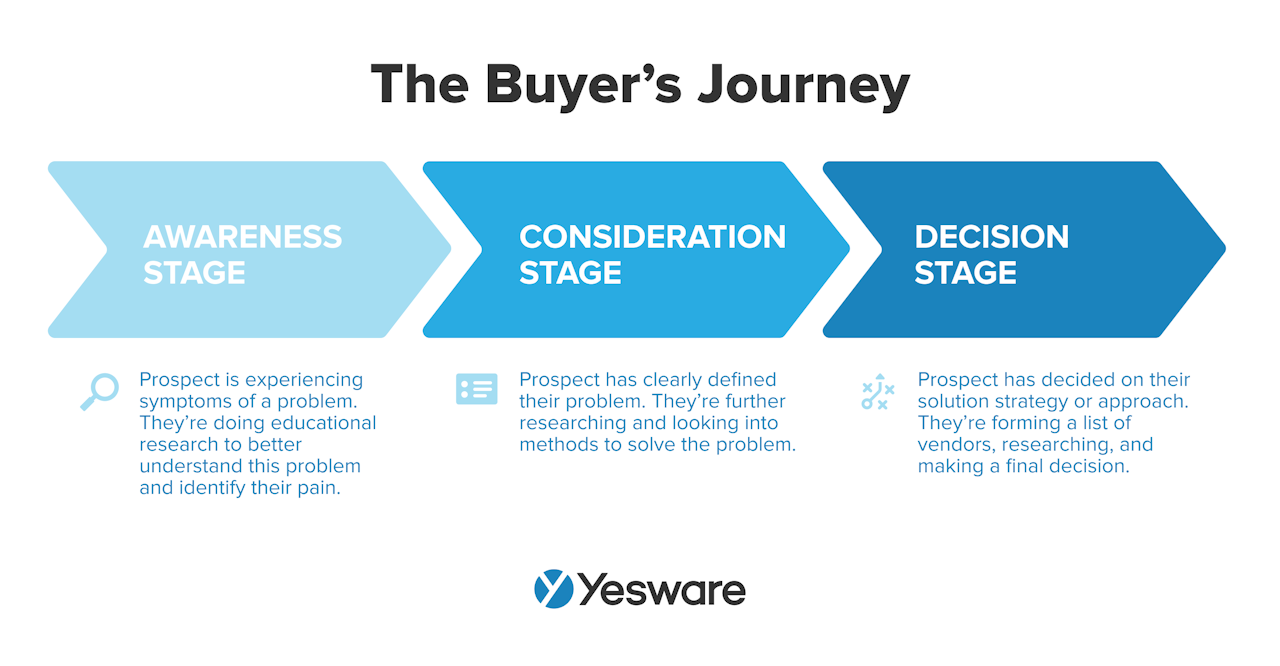 Sales funnels make the sales process more predictable, more profitable, and more easily optimized.
Sales funnels make the sales process more predictable, more profitable, and more easily optimized.
They also help keep B2B companies competitive in today’s digital-forward sales landscape.
With company demographics, customer reviews, and valuable sales content all available online in abundance, buyers need less input than ever from sales professionals.
In fact, most B2B buyers complete more than half of the buying process before they ever initiate dialogue with a sales rep.
This isn’t necessarily a bad thing, but B2B sales reps need to adapt to this shift and change the way they attract and engage with this kind of buyer.
The B2B sales funnel structures the buying process into well-defined stages that allow sellers to target prospects with the exact content that’s most relevant to them at each stage.
To add to this benefit, each stage of the sales funnel can be measured and optimized for success.
Why Do B2B Businesses Need a Sales Funnel?
There are several benefits to using a sales funnel approach. Each will have a different meaning and take different priorities, depending on your company’s goals and operating structure.
The B2B buyer’s journey is more complex than ever, requiring an average of 6 – 10 decision-makers (plus several stakeholders on the seller’s side, as well).
Still though, despite the added complexity, buyers expect a smooth experience.
A B2B sales funnel can add structure, strategy, and action steps to the sales process, which helps sales reps go through the process in a way that makes it seamless for the buyer. 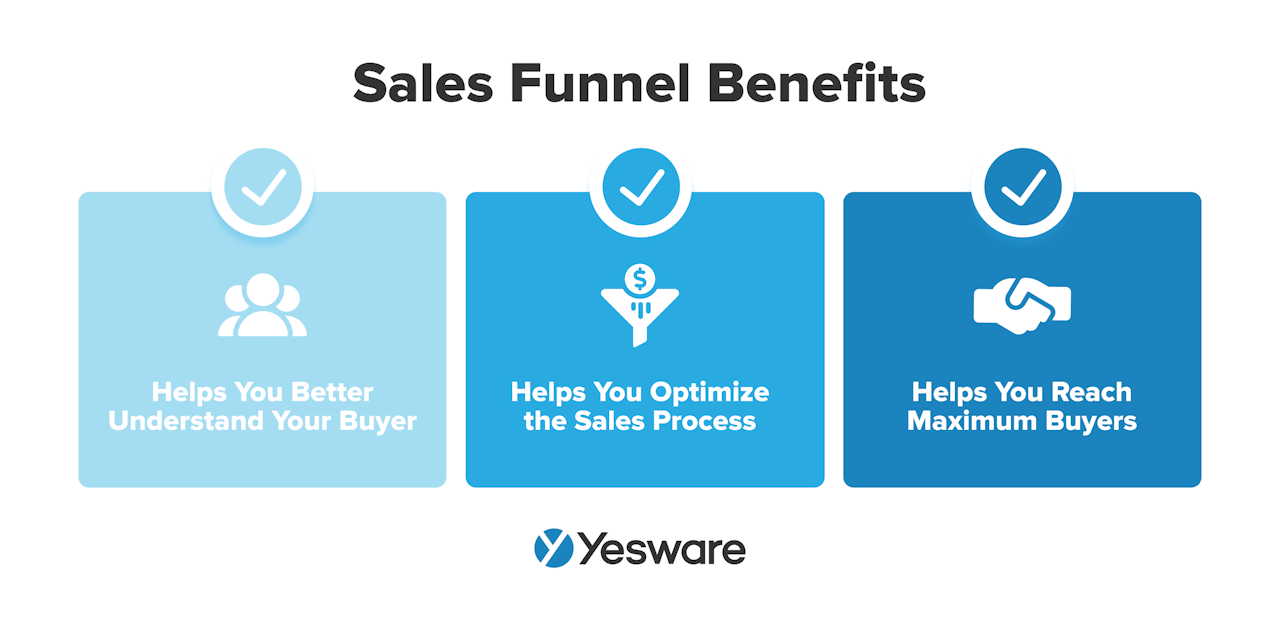
Helps You Better Understand Your Buyer
One by-product that arises from the process of building a sales funnel is that sales and marketing teams develop a much better and deeper understanding of their buyer.
Over time, as the funnel sees more and more leads pass through it, marketers and sellers can optimize the funnel to attract the buyers that are most likely to convert.
This deeper understanding of the customer helps improve the sales process in a variety of ways. Not only does it help improve B2B lead generation strategies, but it also allows salespeople to personalize their outreach.
Personalizing your outreach can make a huge difference in overall performance. Emails that are personalized have a 14% higher click-through rate than generic ones and convert at a solid 10% rate.
Even beyond the performance data, customers make it no secret that they expect outreach and content that feels like it was made for them; over 70% of buyers expect personalization as part of the sales process.
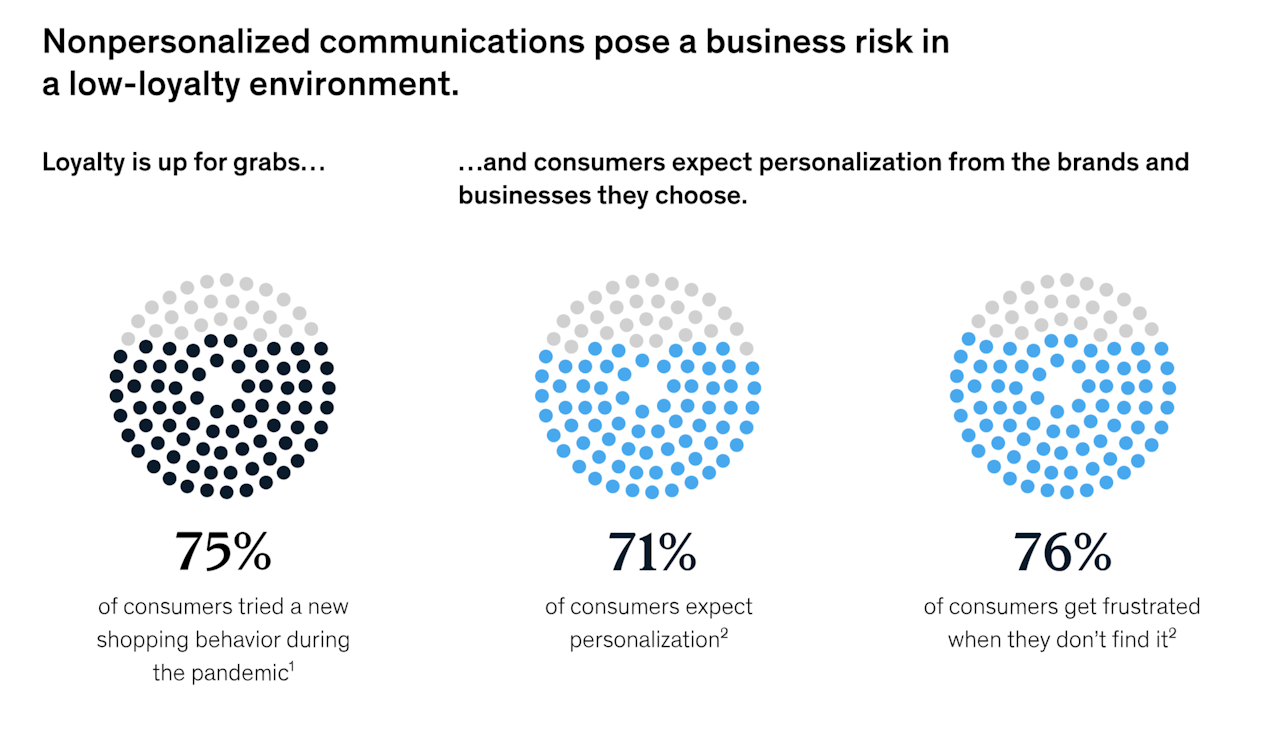
Helps You Optimize the Sales Process
One of the biggest benefits of using a sales funnel is that it breaks the sales process down into smaller, more manageable pieces.
This means that each stage is easier to track, analyze, and optimize. A clearly-defined sales funnel makes it simple to pinpoint where bottlenecks and inefficiencies pop up in the process. Optimizing the sales funnel helps not only conversion rates but other important sales metrics and sales KPIs like average order value (AOV) and rate of referral.
A well-run sales funnel also ensures that you’re optimizing all of your marketing and sales resources.
Helps You Reach the Maximum Buyers
Sales funnels are designed in a way that attracts large numbers of leads to the top of the funnel. They’re designed with compelling content that should reach large swaths of your potential target market.
What’s more, sales teams can also create multiple funnels that can each address a subset of the target market, increasing the likelihood that every possible best-fit lead can be reached.
B2B vs B2C Sales Funnel
Though their physical forms are similar, the B2C and B2B sales funnels are quite different from one another. 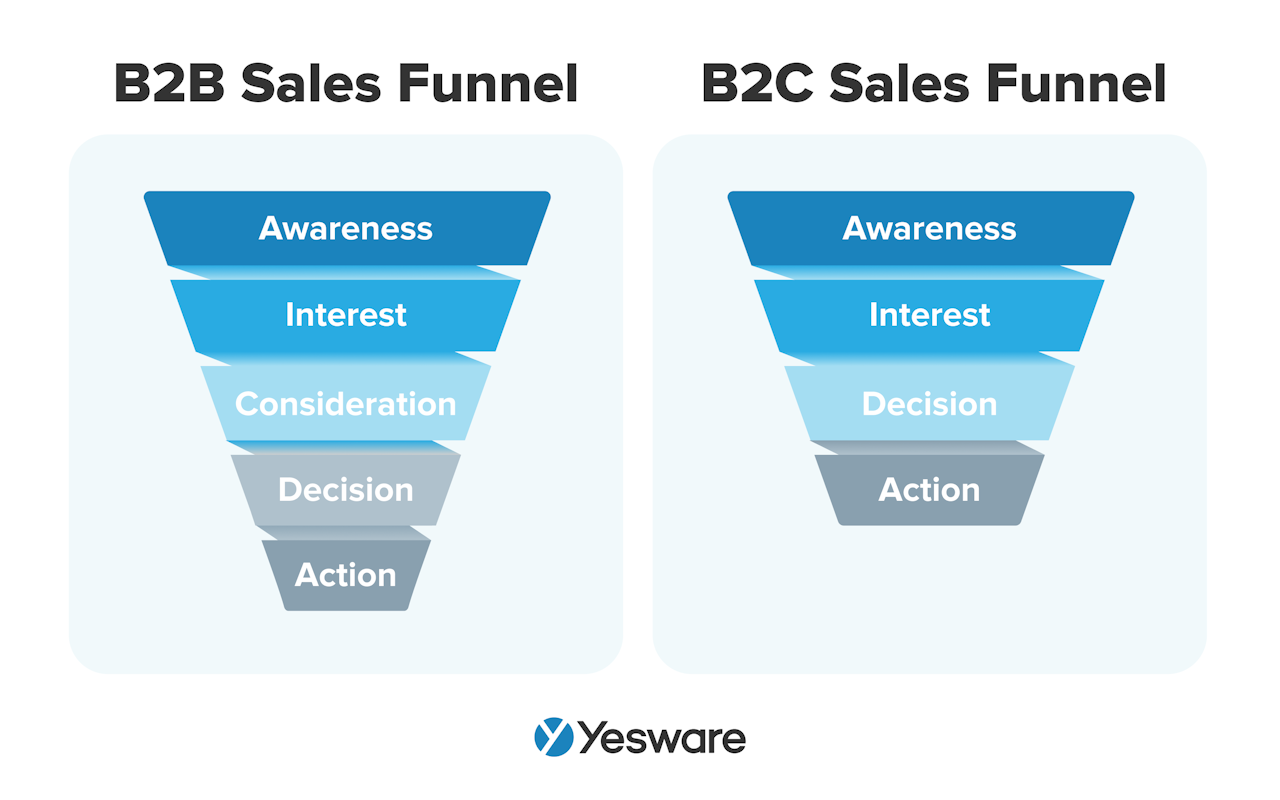 The biggest difference between the two can be found in their respective complexities. B2B sales cycles are almost always longer than B2C cycles and require more decision-makers involved in the process.
The biggest difference between the two can be found in their respective complexities. B2B sales cycles are almost always longer than B2C cycles and require more decision-makers involved in the process.
Additionally, B2B sales funnels often contain additional stages or action steps that B2C sales funnels do not, such as “Consideration” and “Intent” stages.
Sales Funnel vs. Pipeline
The sales funnel is often conflated with the sales pipeline, but they’re actually different concepts. 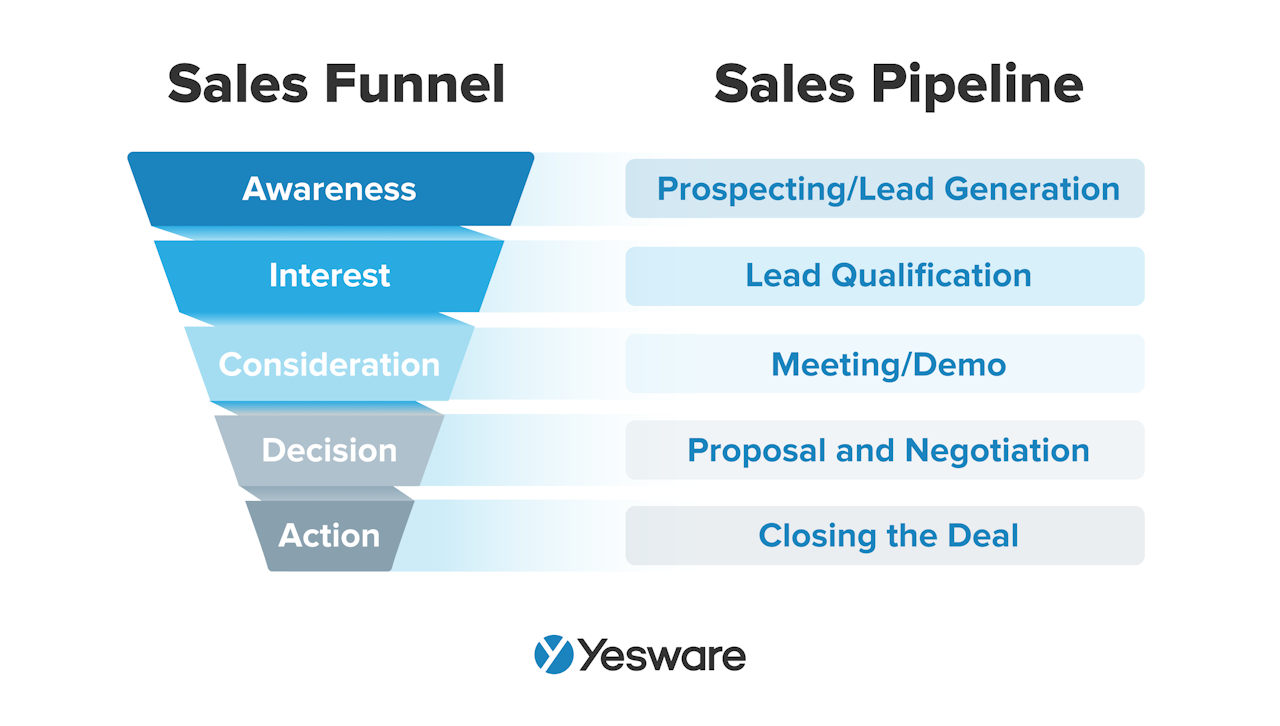 That being said, however, they are each best designed when they’re created with the other in mind. Though the sales funnel and the sales pipeline each serve their own distinct purpose, they should complement one another.
That being said, however, they are each best designed when they’re created with the other in mind. Though the sales funnel and the sales pipeline each serve their own distinct purpose, they should complement one another.
The sales funnel represents the considerations and decisions a prospect makes as they contemplate becoming a customer. It chronicles everything from the moment they’re captured as a lead to the moment they either remove themselves or sign a contract.
The sales pipeline, on the other hand, revolves around the salesperson’s interactions, use of resources, and deal stage.
Put simply, the sales funnel portrays the buyer’s side of the process and the sales pipeline addresses the seller’s.
B2B Sales Funnel Stages
Though each B2B sales funnel is ultimately unique to the team that creates it, their sales process, and the needs of their target buyer, most of them follow the same general framework and stages: awareness, interest, consideration, decision, and action.
One of the primary purposes of the sales funnel is to help sales reps know which content to provide at which time. The sales funnel’s structure helps give reps an easy starting point in figuring that out.
Awareness
The first stage of the B2B sales funnel is awareness.
In the awareness stage, customers become aware of a want, a need, or a pain paint they have. 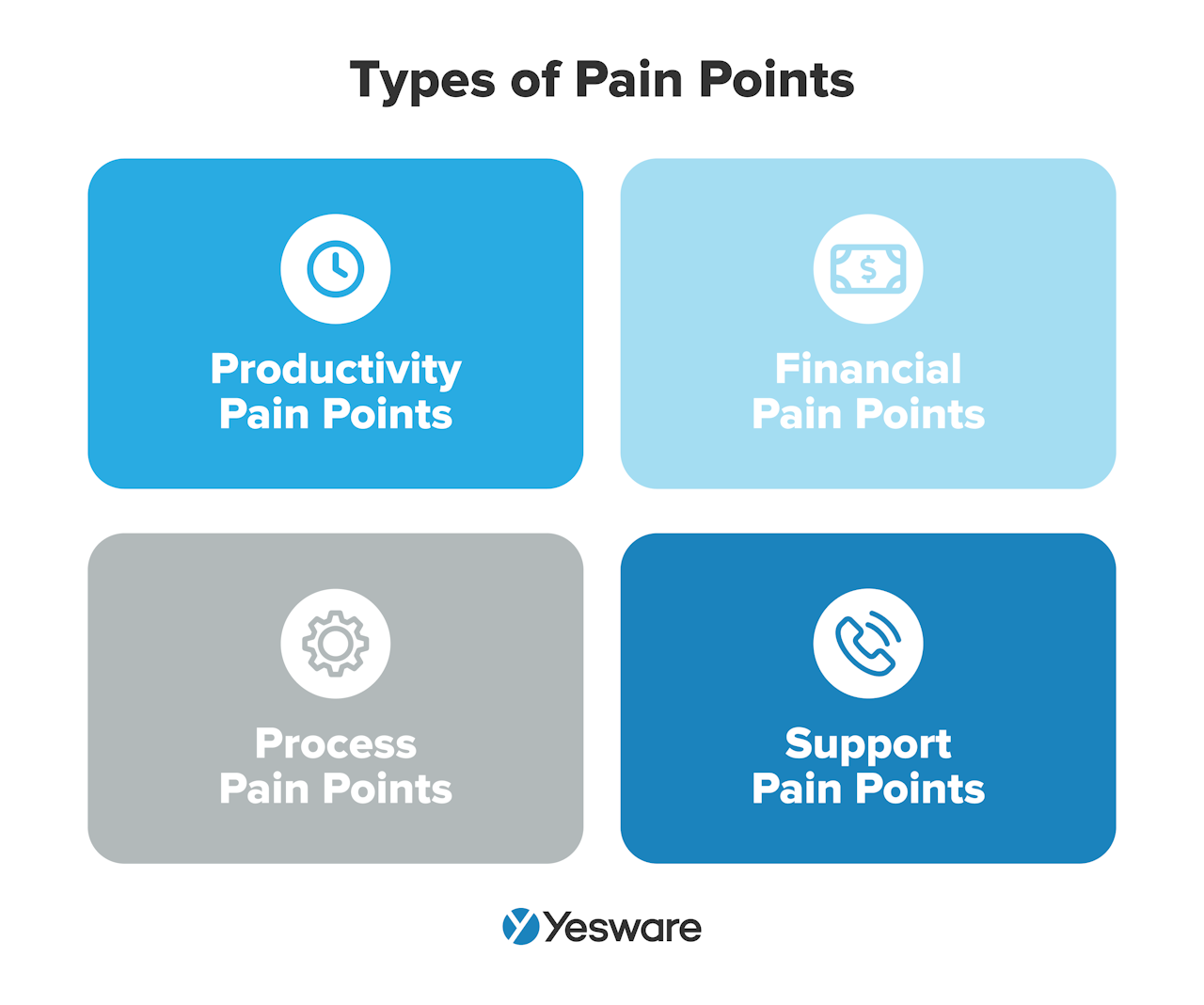 They may come to this realization on their own, or they may become aware of it through targeted marketing campaigns, content marketing, social media marketing, SEO, PPC, or other inbound marketing tactics.
They may come to this realization on their own, or they may become aware of it through targeted marketing campaigns, content marketing, social media marketing, SEO, PPC, or other inbound marketing tactics.
This stage requires heavy sales and marketing alignment. You’ll want to keep an eye on the following stats: site traffic, social media activity, email newsletter engagement, email/landing page click-through rates, and content downloads.
Interest
In the “interest” stage of the sales funnel, prospects learn more about the potential solutions to their problem. They may or may not know about your specific offers, but they know your brand exists and that you may be able to help. At this point, they’re still in the preliminary stages of exploring that a problem exists and needs a solution.
In this stage, you’ll want to have a lot of educational content ready for prospects to consume. Be careful to avoid too much persuasion this early on; most prospects are still interested in a good bit of independence at this point. Give them the answers they need and guide them to it, but let them take action on their own.
Content like blog posts, FAQ pages, webinars, guest posts on other sites, product description pages, and whitepapers are all valuable resources at this stage.
The “interest” stage is also sometimes where sales reps get thrown off track as to how well specific leads are qualified. Even excellent-fit prospects can sometimes seem aloof during the early stages of the B2B sales funnel, so sales reps need to have a system for identifying well-qualified leads.
Lead scoring can be a very efficient way to achieve this. There are many ways to score leads; some teams choose behavioral markers to pinpoint specific buying signals that indicate the likelihood of purchase.
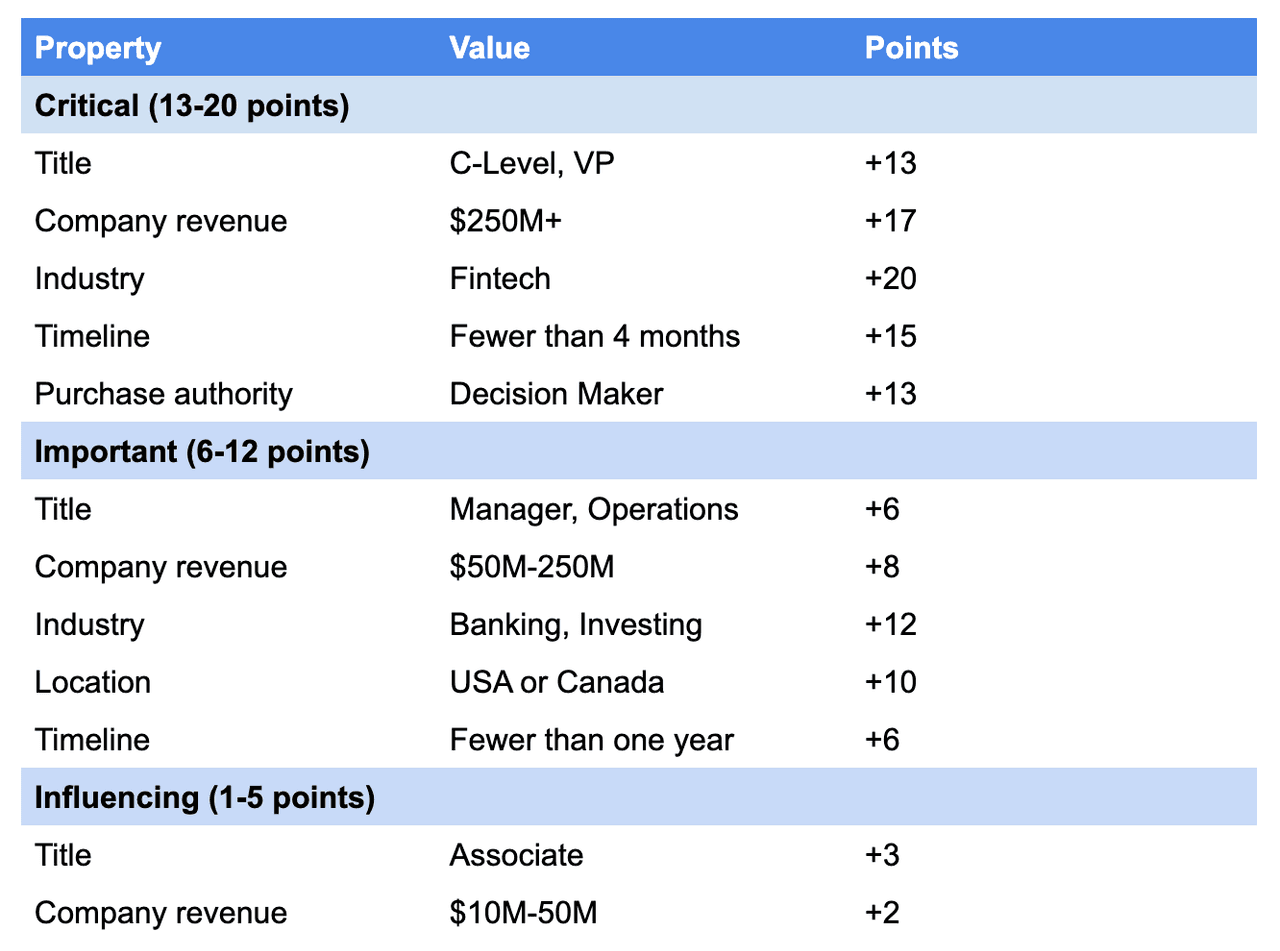
Some focus more on demographics when they score leads.
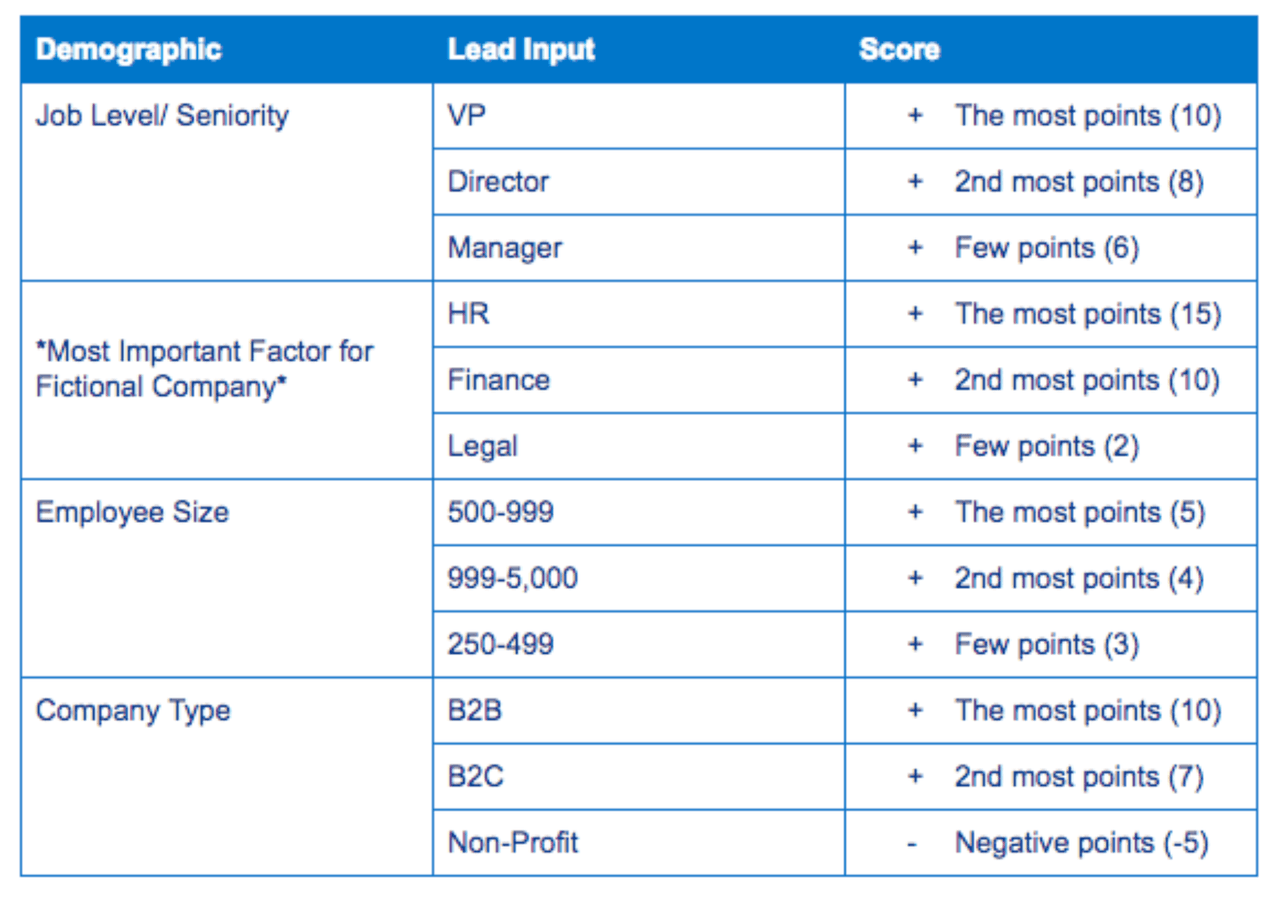
Most organizations that score leads rely on a mix of demographic and behavioral markers to determine buying intent.
However you score leads, make sure you do it consistently and implement and follow team-wide expectations.
Consideration
In the “consideration” stage, prospects are now considering your offer, specifically. They’re still wondering about their problem in a more general sense, too (How urgently do I need to solve this? Is there any way we can handle it in-house?), but they’re also acknowledging that they could use help and that your product seems like a good fit.
Here, it’s up to sales reps to prove that their solution is the ideal. But it’s not all about the product or the offer itself — a lot of what the buyer is considering right now is how much they trust you.
Building a relationship and earning credibility go a long way in the consideration stage. Sales reps can achieve this through specific strategies around their pricing page, case studies, product features page, testimonials, trust badges, product reviews, etc.
Decision
In the “decision” stage, buyers are ready to determine which product they will choose as their solution.
The buyer has a lot of control in this stage, but sales reps should be ready and eager to answer any questions that arise. Don’t wait for them to come to you; stay in regular contact at the bottom of the funnel to be proactive.
Action
In the “action” stage of the sales funnel, prospects are ready to click “Purchase” and sign on the dotted line.
Here, things like your contact page, shopping cart, payment page, and welcome series email campaign all need to be fine-tuned to create a seamless experience for the buyer.
Don’t get complacent at this stage. Promptness and experience still count.
B2B Sales Funnel Models
Though most sales organizations would unanimously agree that sales funnels are non-negotiable, the format they may take raises a more contentious debate.
There are many structures that can help sales teams pinpoint their priorities when it comes to sales funnels. Each sales team will find differences in the format of their optimized sales funnel; those differences depend on the needs, goals, and makeup of both the sales team and the buyer persona.
The most widely adopted sales funnel format is the AIDA framework, which stands for Awareness – Interest – Desire – Action. Other popular frameworks include the Forrester model, McKinsey’s Loyalty Loop, the Heinz Bowtie, and the conversion funnel.
The AIDA Model
The AIDA model sales funnel format is widely considered the “standard” for most traditional and many non-traditional sales funnels.
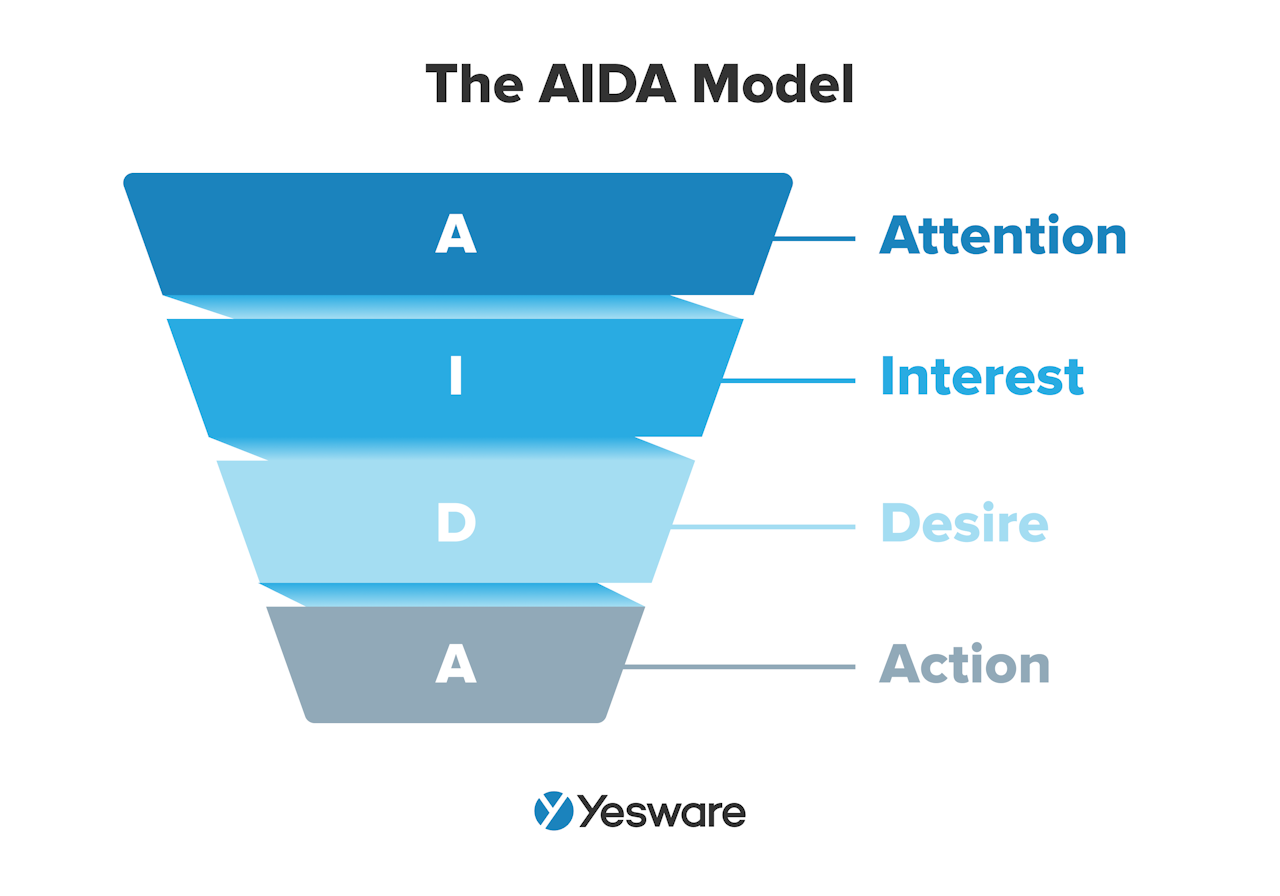
AIDA addresses the four primary thought stages a buyer travels through as they prepare to purchase your product: awareness, interest, decision, and action.
- Awareness: prospects are searching for more information about the problem they’re facing.
- Interest: prospects are now convinced that they face a solvable problem and are aware that your product could potentially help them.
- Desire: prospects have evaluated their options and are pretty sure that yours could be the best-fit solution.
- Action: prospects choose whether to sign a contract with you, reconsider another offer, or shy away from solving their problem until a later date.
The AIDA framework was developed by Elmo St. Lewis all the way back in 1898. Despite its simplicity, the model has stood the test of time.
Even modern-day sales funnel models that depart from AIDA base their adaptations on the AIDA stages. Some choose to add two additional stages: intent and evaluation.
One downside of the AIDA framework is that it can tend to ignore the feelings, thoughts, and behaviors of buyers once they’re out of the sales funnel.
The Forrester B2B Sales Funnel Model
The Forrester B2B sales funnel model is structured similarly to the AIDA framework, but it considers the funnel more heavily from the consumer’s side.
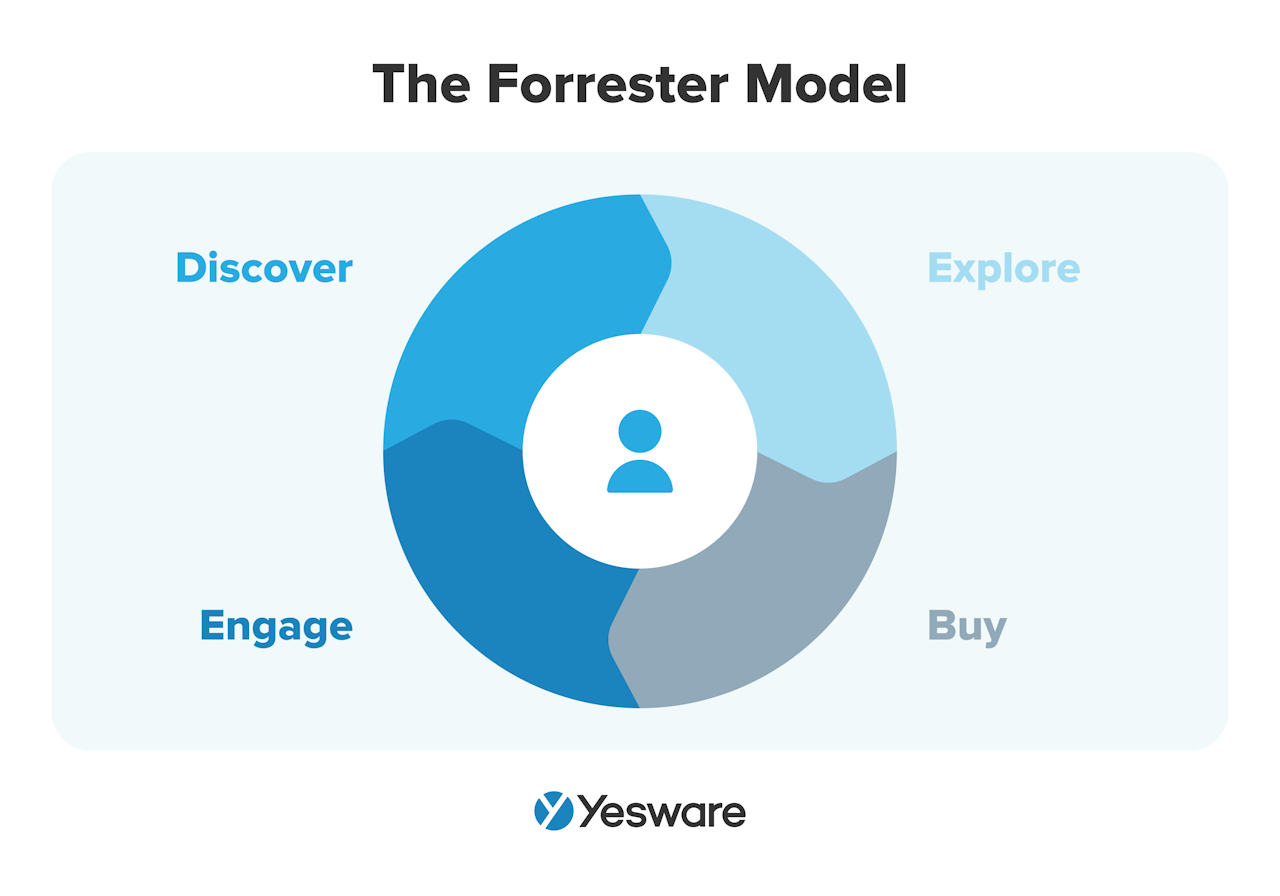 This is a popular framework, but it’s important to note that the Forrester model is considered by some to be too similar to the buyer’s journey. The sales funnel is not necessarily meant to be from the buyer’s perspective, yet the Forrester model includes it.
This is a popular framework, but it’s important to note that the Forrester model is considered by some to be too similar to the buyer’s journey. The sales funnel is not necessarily meant to be from the buyer’s perspective, yet the Forrester model includes it.
It’s fair to say that this model offers a nice harmony between the marketing/sales funnel and the customer lifecycle or buyer journey.
The Heinz Bowtie Model
Many B2B sales organizations prefer to use the Heinz Bowtie model for their sales funnel. It addresses the journey that a company’s most successful customer takes after an extremely satisfying post-purchase experience.
These customers, according to the Heinz Bowtie, go on to become evangelists and ambassadors for your brand.
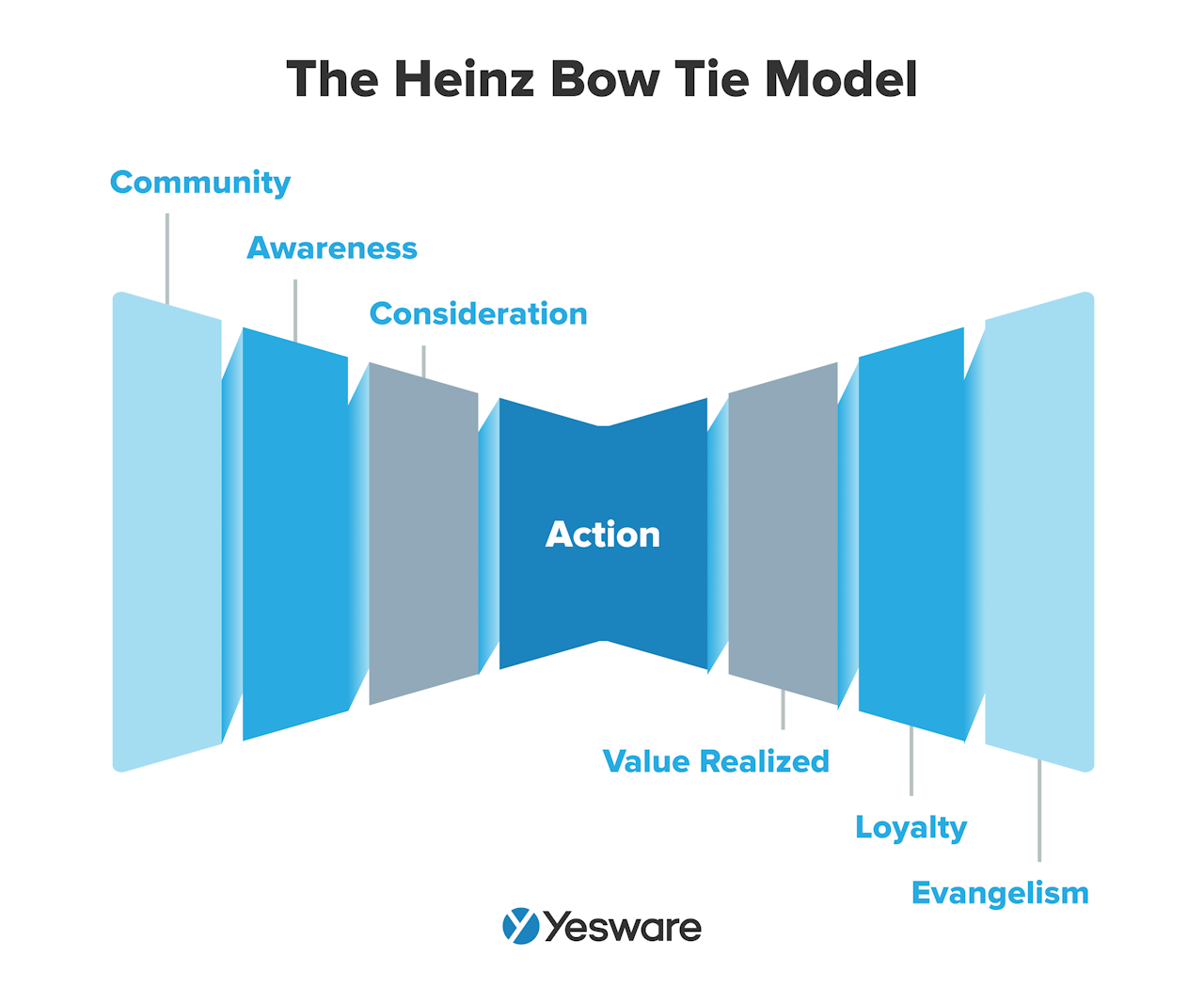
The benefit of the Heinz Bowtie model is that it encourages sales organizations to make customer success and lifetime value (CLV) a priority.
Even in sales funnels that don’t address it, there is still plenty of interaction between buyer and brand that takes place after purchase. The Heinz Bowtie attempts to capture those.
The McKinsey’s Loyalty Loop
Consulting firm McKinsey took the AIDA framework and created an additional primary component: loyalty.
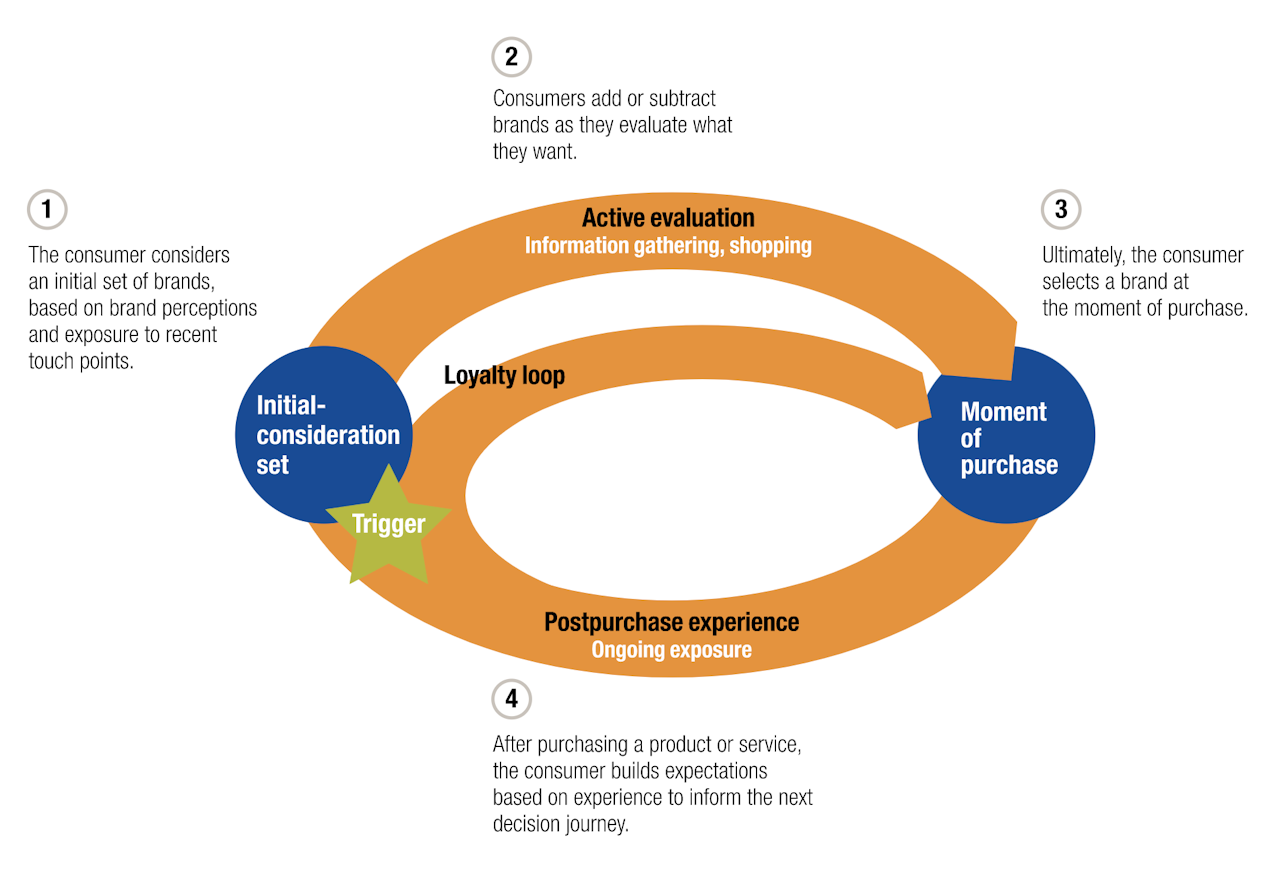
McKinsey’s Loyalty Loop adds a subsection of customer experience that occurs after post-purchase satisfaction. These customers are then triggered to re-purchase (or accept a cross-sell or upsell) and then engage in a new round of post-purchase satisfaction — and so on and so forth.
For companies that have optimized and prioritized customer success, the McKinsey Loyalty Loop is a solid framework.
That being said, it doesn’t take into account the unfortunate case of the dissatisfied customer. In extreme scenarios, unhappy customers can even become saboteurs of the brand. The framework does not address how to mitigate such circumstances.
The Conversion Funnel
A conversion funnel outlines an online customer’s experience. In that sense, it’s not always necessarily relevant to B2B organizations.
That being said, it’s worth discussing because this framework adds several unique stages that some of the more common B2B sales funnels don’t address: pre-awareness, trigger event, opinion/shortlist, and repurchase intent.
The conversion funnel is also designed with the assumption that any buyer can become either an ambassador or a saboteur; that risk factor is built into the funnel.
Tip: Grab more data-backed sales models and strategies below.
 Sales Engagement Data Trends from 3+ Million Sales ActivitiesLooking at millions of tracked email activity over the past few years, this ebook is filled with our top studies and findings to help sales teams accelerate results.
Sales Engagement Data Trends from 3+ Million Sales ActivitiesLooking at millions of tracked email activity over the past few years, this ebook is filled with our top studies and findings to help sales teams accelerate results.
How to Target Each Stage of the B2B Sales Funnel
Before you start considering how to target each individual stage of the sales funnel, it’s important to make sure that your sales and marketing teams have collaborated and agreed upon a well-researched ideal customer profile (ICP) and thorough buyer persona.
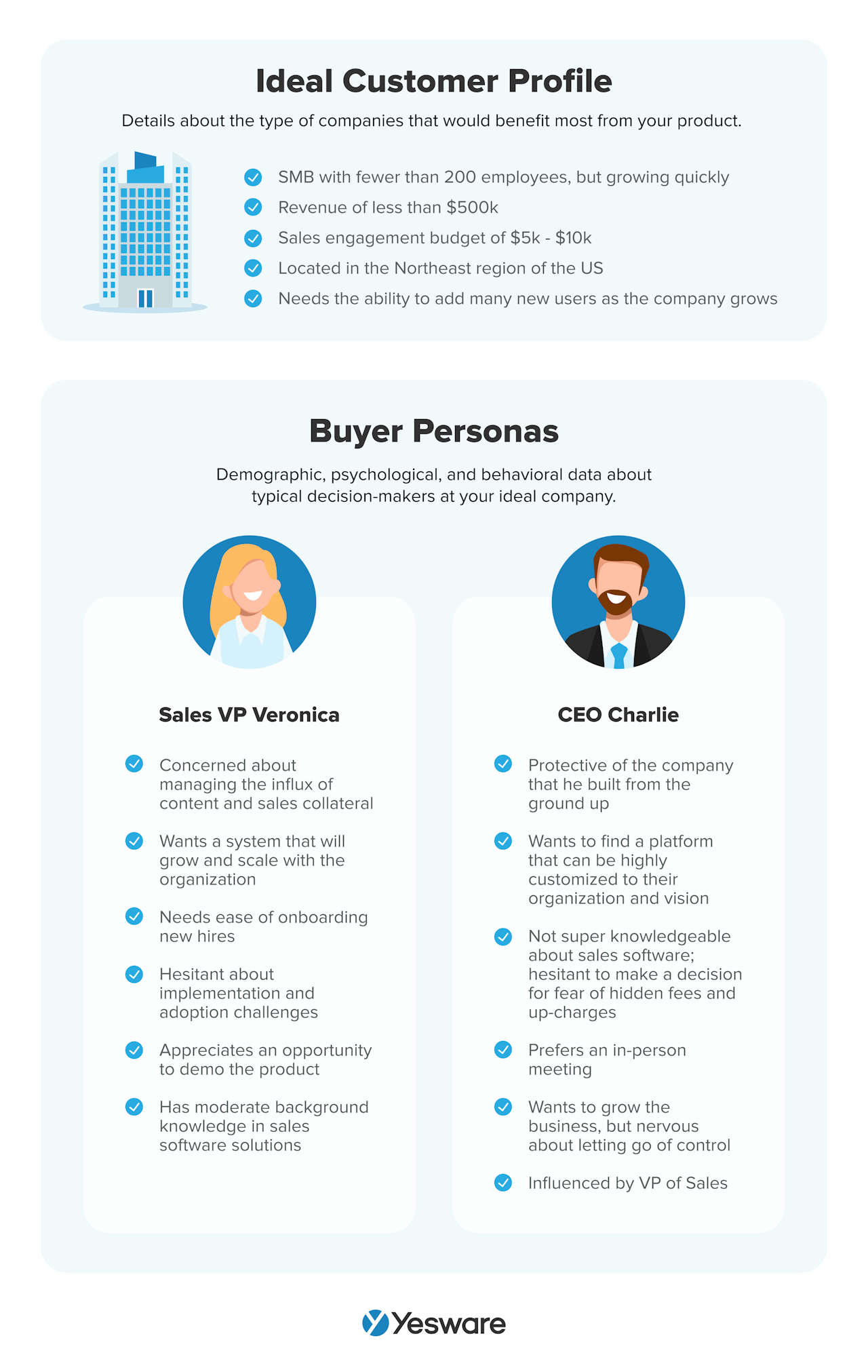 It’s also important to have a well-defined sales process before you start building a funnel.
It’s also important to have a well-defined sales process before you start building a funnel. 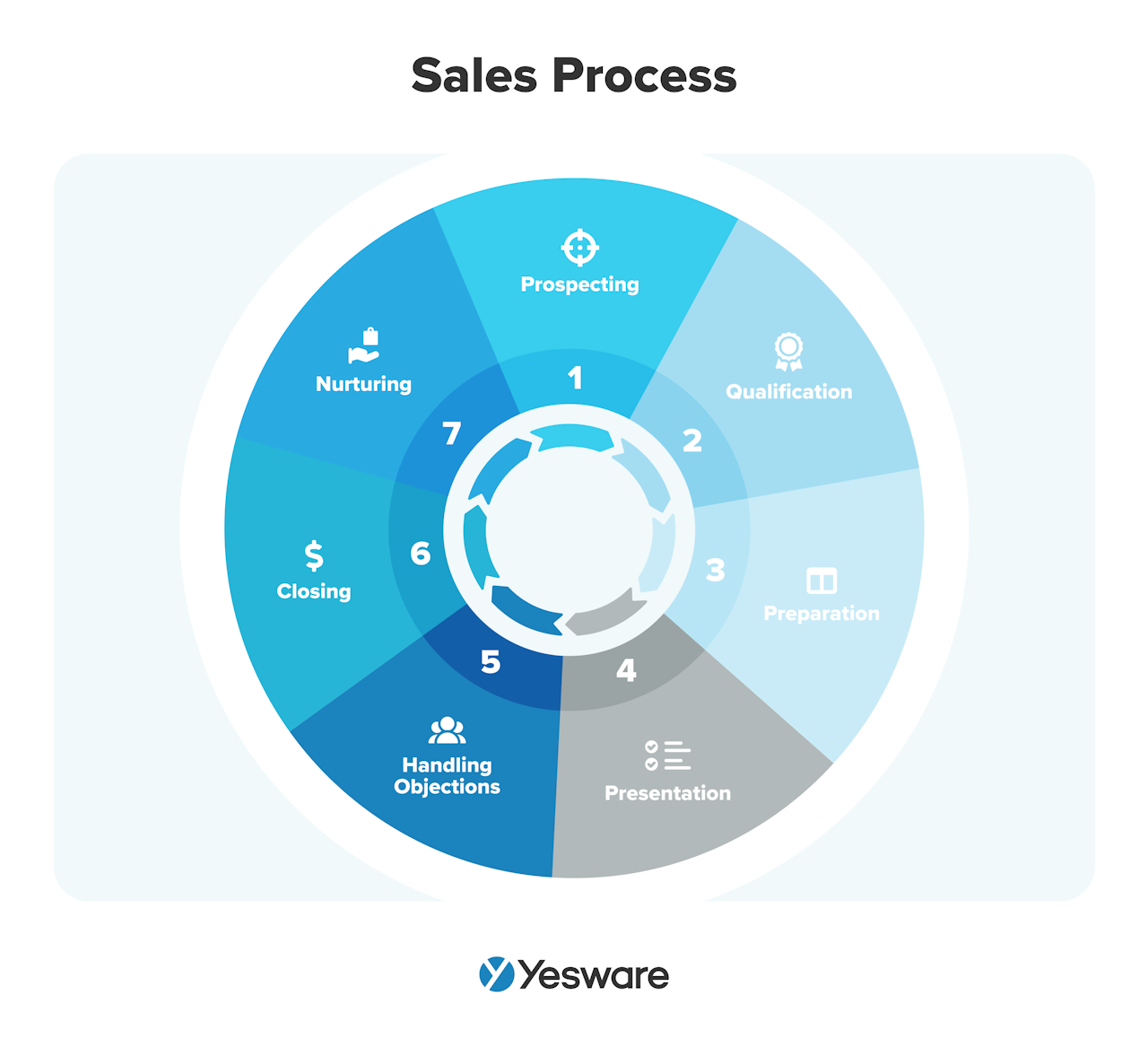 From there, addressing the needs of each stage of the funnel gets a bit more complicated.
From there, addressing the needs of each stage of the funnel gets a bit more complicated.
With so many different frameworks and so many different buyer personas to suit, it can be difficult to give sound advice on how to address each of these subsections.
With that in mind, many sales organizations choose to simplify their sales funnel by referring to three major but generalized subsections:
- Top of the funnel
- Middle of the funnel
- Bottom of the funnel
Regardless of the specific framework your organization chooses to follow, the TOFU – MOFU – BOFU can usually appropriately capture each lead’s progress through the journey. 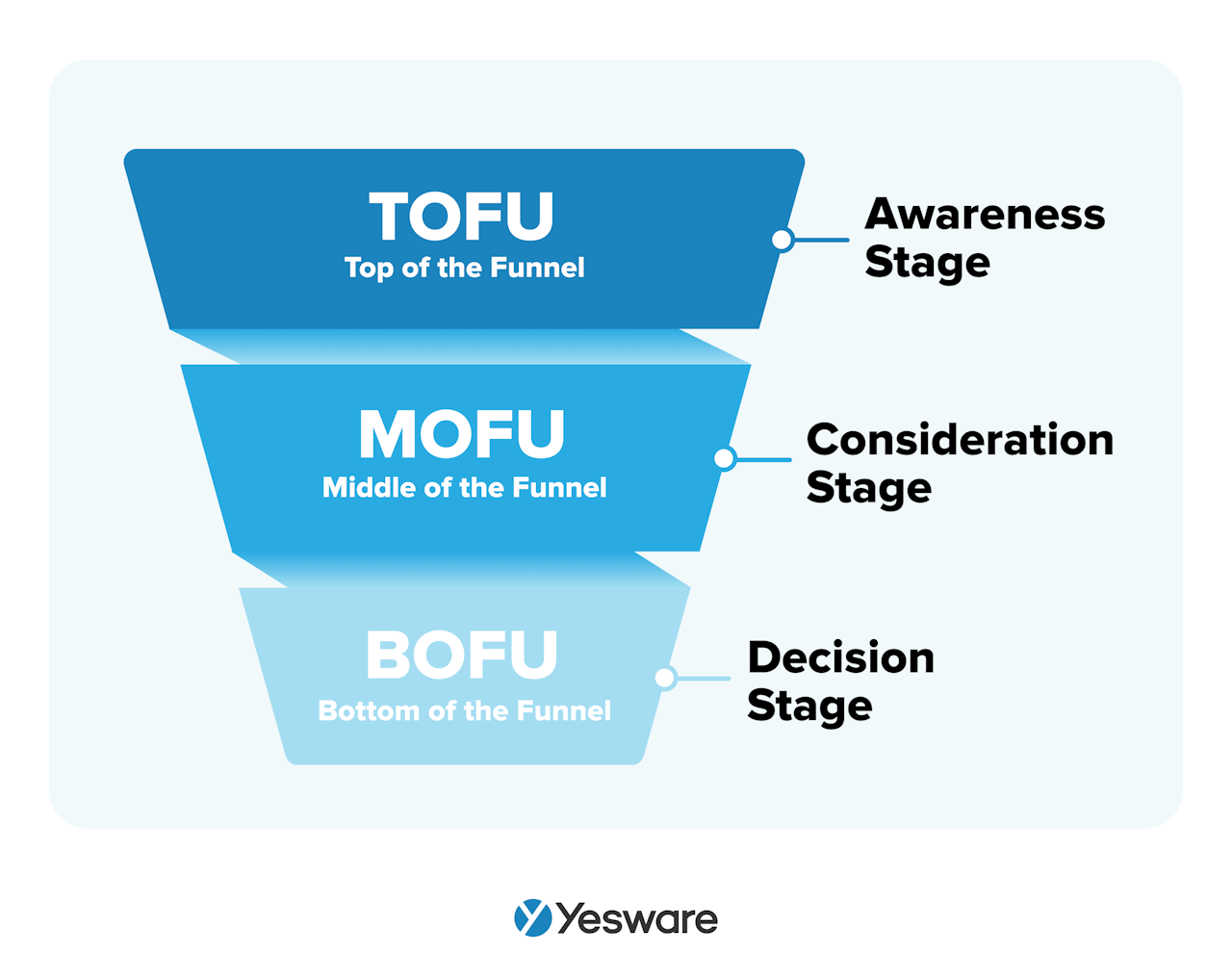 Here are some ways to capture leads in each of the three stages.
Here are some ways to capture leads in each of the three stages.
TOFU
For leads at the top of the funnel, your goal should be to raise brand awareness and visibility.
Although leads in this stage of the funnel are generally considered lower value, the opportunity for sales reps is high. The top of the funnel is where the largest amount of leads will come across your brand. That means your content for these buyers needs to be easy to digest but highly valuable.
You can also use quizzes to engage TOFU leads. These are particularly effective because not only are they interactive, but they also help you gather personalization data for each lead who ends up in your database.
Videos, infographics, and other self-manipulated online tools (like calculators or countdowns) are all also great options for capturing leads in the awareness stage.
MOFU
In the middle of the funnel, prospects are ready to really dig into your offering. Buyers in this stage respond particularly well to compelling case studies.
Other effective engagement strategies for middle-of-the-funnel buyers include educational blog posts or how-to guides, ebooks, whitepapers, and other content that could potentially be gated by a lead magnet opt-in form. If you manage to capture leads’ email addresses, drip campaigns can be extremely productive and easily scalable.
Some companies are tempted to offer a comparative analysis of their product versus their competitors. This can be highly effective, but proceed with caution — make sure any claims or assertions that you make about your competition’s offers are accurate.
BOFU
At the bottom of the funnel, the focus needs to be on showing why your product is the best solution over the competition.
You’ll also want to focus on showing how your product has solved problems for similar customers through well-written case studies.
It’s also beneficial to show how your product can solve more than one problem. If you can demonstrate that your offer can address several of the customer’s pain points, that can be a major tipping point in willingness to close the sale.
Remarketing is another effective way to convert BOFU prospects.
It’s important to note that, despite its simplified structure, the sales funnel does not always exist in a linear way. Prospects can enter and exit the funnel at any stage. Additionally, it’s important to note that a buyer’s needs will change quickly and multiple times throughout the funnel.
That’s why it’s important that each stage of your funnel contains a variety of marketing and sales strategies to improve your chances of reaching more prospects.
How to Build a B2B Sales Funnel
The following steps will help you create a B2B sales funnel for your team.
Remember, this document and process are meant to be unique to your team. These steps are generalized and are meant to be implemented in a much more specific way when you sit down with your team to design the funnel. 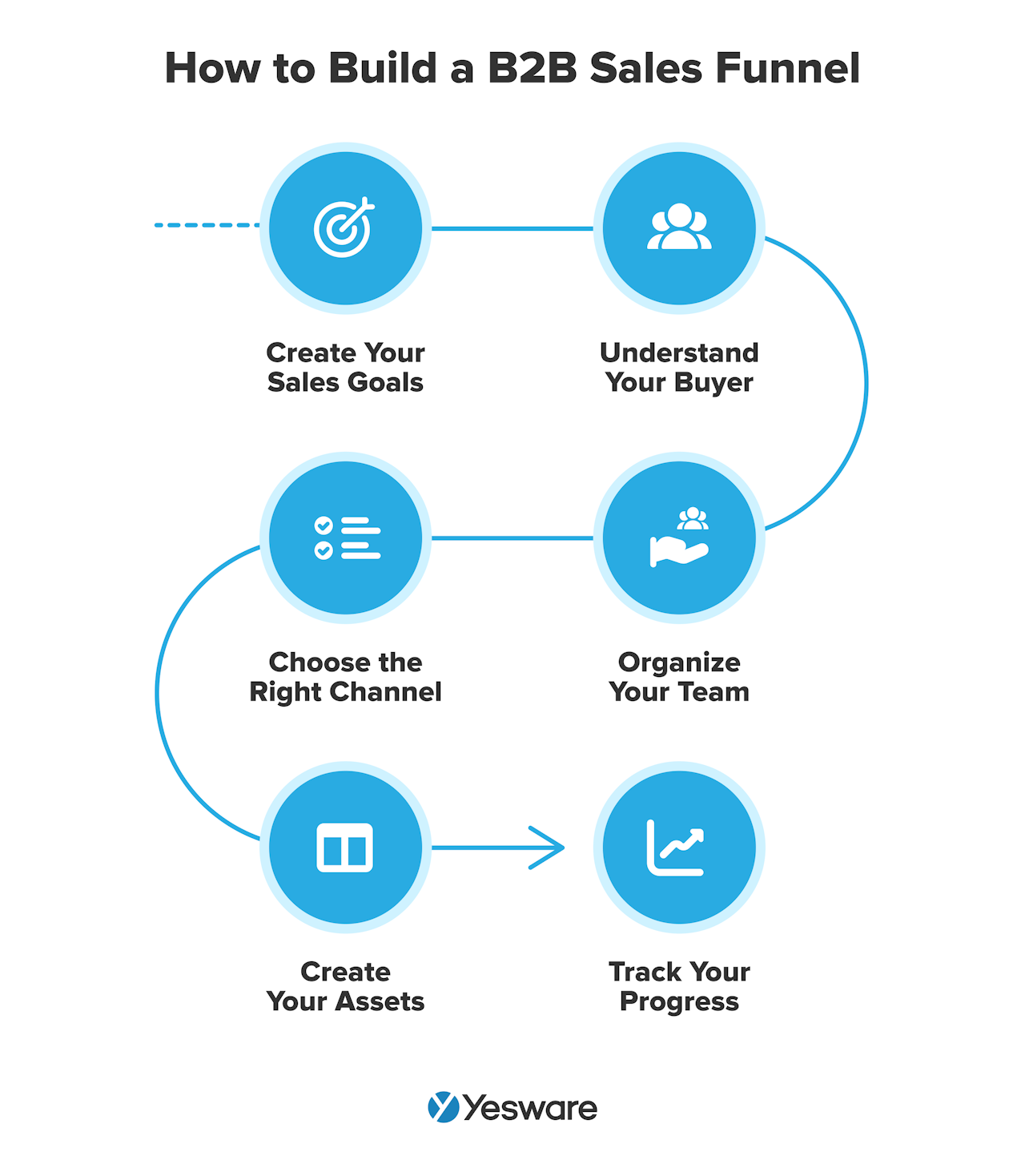
1. Create Your Sales Goals
Your B2B sales funnel needs to be designed around your sales goals. Make sure you’re specific with this step; vague goals or pipe dreams will not help you build a successful sales funnel.
When it comes to goal-setting, the SMART goal framework can help you ensure that you’re creating goals that are targeted, ambitious, easily measurable, and achievable. 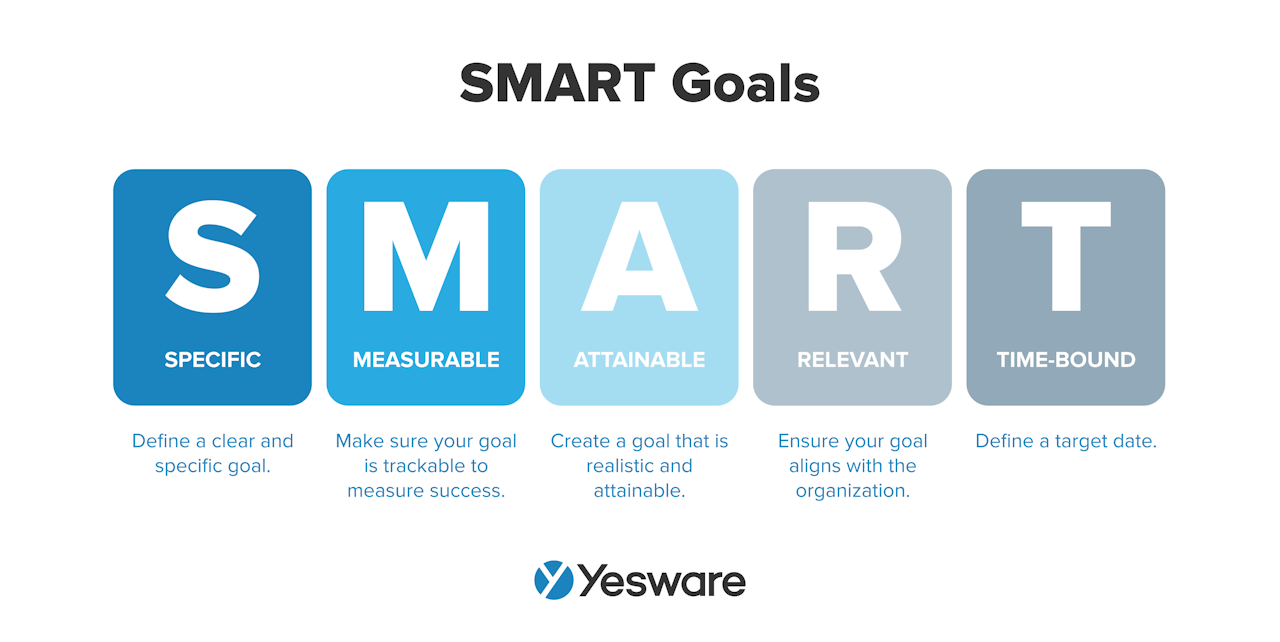 Even the simple step of writing down your goals’ action steps and tracking your progress weekly can make you 76% more likely to achieve them.
Even the simple step of writing down your goals’ action steps and tracking your progress weekly can make you 76% more likely to achieve them.
2. Understand Your Buyer
The specifics around your target buyer’s pain points, wants, and needs are what will ultimately help you create a sales funnel. Although the sales funnel is meant to guide sales reps, it should really be designed according to the buyer’s journey.
For this step, sales and marketing absolutely must align to create a robust ideal customer profile and buyer personas.
3. Organize Your Team
Once you’ve defined what your buyer is looking for, it’s time to get your internal counterparts on the same page.
Ideally, marketing, sales, and customer success will work in synchrony to create a well-run sales funnel. Teams that work in silos are counterproductive to successful sales funnels.
Every team involved in the sales funnel processes should be universally informed about the action steps in each stage, the criteria that set each stage apart from the next, and the specific data they need to collect to measure the funnel’s effectiveness.
4. Choose the Right Channel
Not every customer “hangs out” in the same place. Some target markets spend most of their time on Facebook, while others dominate LinkedIn. Sales teams need to know their buyer well enough to know where to strategically place valuable marketing/sales collateral so that it’s easily discoverable for them.
That being said, it’s also important to diversify your outreach. You’ll never capture maximum leads if you’re only showing up in one place. Prioritize your efforts to reach maximum market share.
5. Create Your Assets
Now that the “who” and the “where” have been addressed, it’s time for your team to address the “what.” What kind of content or other marketing strategies will you use to attract your ideal buyer?
6. Track Your Progress
You’ll never get maximum results from your B2B sales funnel if you don’t track and analyze the data that goes in and out of it.
The sales funnel is a living, breathing sales document; it can and should change over time as your sales process, market, and sales team change and grow. Only data can point you in the direction you need to go.
How to Optimize Your B2B Sales Funnel
Consider how current funnels are performing, where they need to improve, and what steps sales teams can take to achieve this goal.
1. Improve Lead Qualification
One of the most effective ways to improve your entire B2B sales funnel is by fine-tuning one of its earliest processes: lead qualification.
Lead qualification has impacts far beyond the top of the funnel. Bad leads cost your business time, money, and manpower, and should be disqualified as efficiently as possible.
Lead qualification takes time and practice, but can be improved over time. The important part is that you make sure it happens consistently.
2. Prioritize Your Leads
Once you have high-quality leads flowing into the funnel, you can start to think about how to prioritize the many opportunities in play within the pipeline.
A formalized process of prioritizing leads will help sales reps know who to approach, when, and with what approach. A prospect with the right demographics and strong intent to buy will be prioritized over a worse-fit or unmotivated lead. This is the same sort of structure and intention that makes the sales funnel itself so successful.
3. Improve Lead Nurturing
In today’s sales cycle, it’s perfectly normal for buyers to go at their own pace. One way the sales funnel can adapt to that is through very targeted lead nurturing.
Lead nurturing is the practice of providing high-value content to each prospect in the pipeline. The lead nurturing content should be specific to whatever stage a prospect happens to be in. 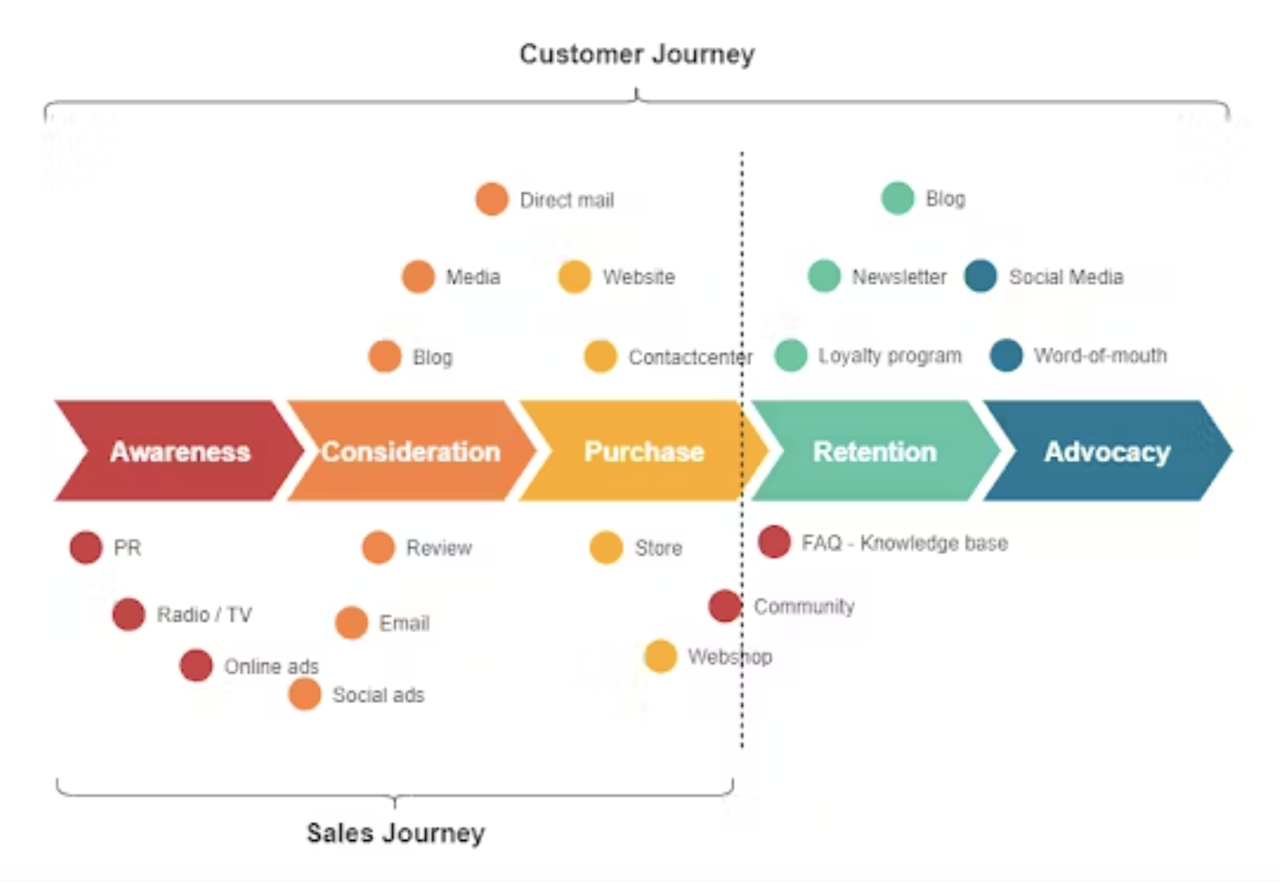 Part of improving your lead nurturing might also mean optimizing the content itself. Make sure you take the time to review all of the content you’re offering to prospects to ensure it meets the needs of their specific place in the sales funnel.
Part of improving your lead nurturing might also mean optimizing the content itself. Make sure you take the time to review all of the content you’re offering to prospects to ensure it meets the needs of their specific place in the sales funnel.
Nurtured leads make 47% larger purchases than those who aren’t nurtured, so don’t skip this step.
B2B Sales Funnel Best Practices
Here are some best practices to keep in mind as you create and utilize your B2B sales funnel.
Track Leading and Lagging Indicators
Most sales teams know that they need to track the results of the sales funnel. It’s important to measure things like conversion rate, amount of revenue generated, and average order value. But the real improvements will come from also tracking the metrics that go into the funnel: How many cold calls do your reps make in a day? How many demos are they presenting?
In other words, sales teams need to track leading and lagging indicators.
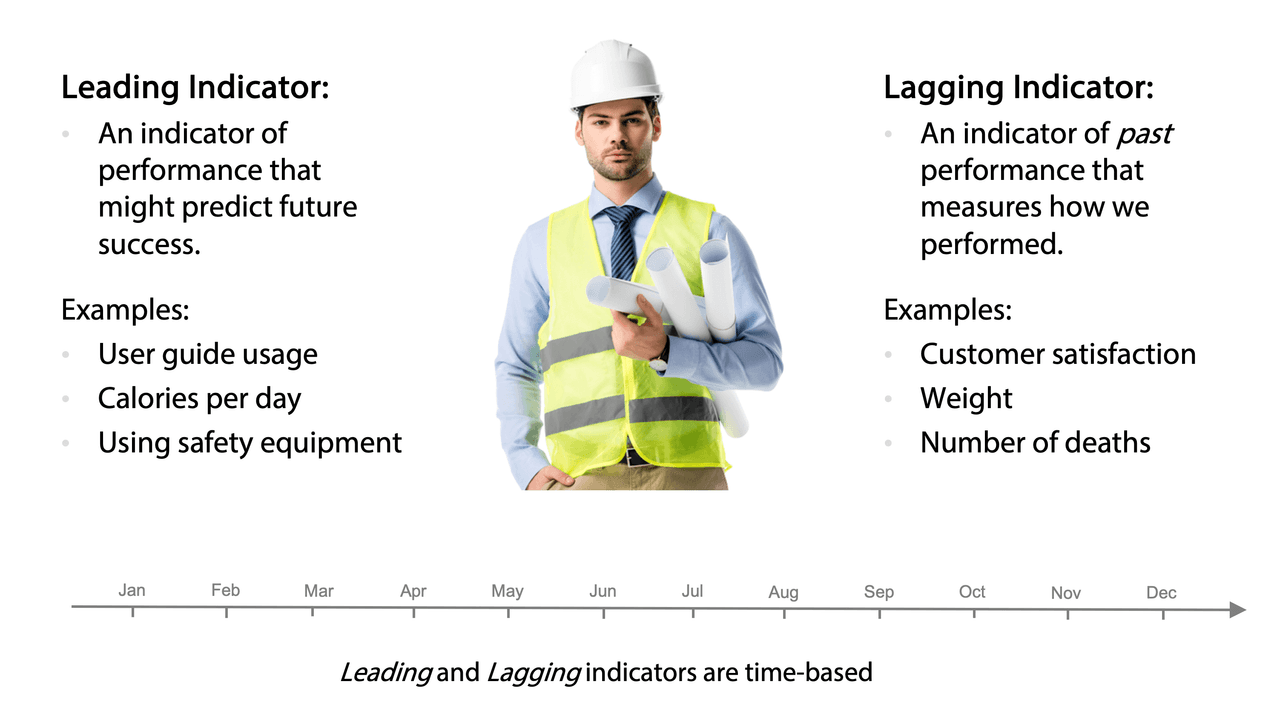
The leading indicators will be what you change when you want different results, so it’s important to keep tabs on your current level of operation, so you know what to change if and when the time comes.
Factor in the Follow-up
Rejections are a normal part of the sales process and should be taken into account when you design your sales funnel.
In fact, 80% of sales require at least 4 follow-up emails — but most sales reps stop after just one outreach attempt. 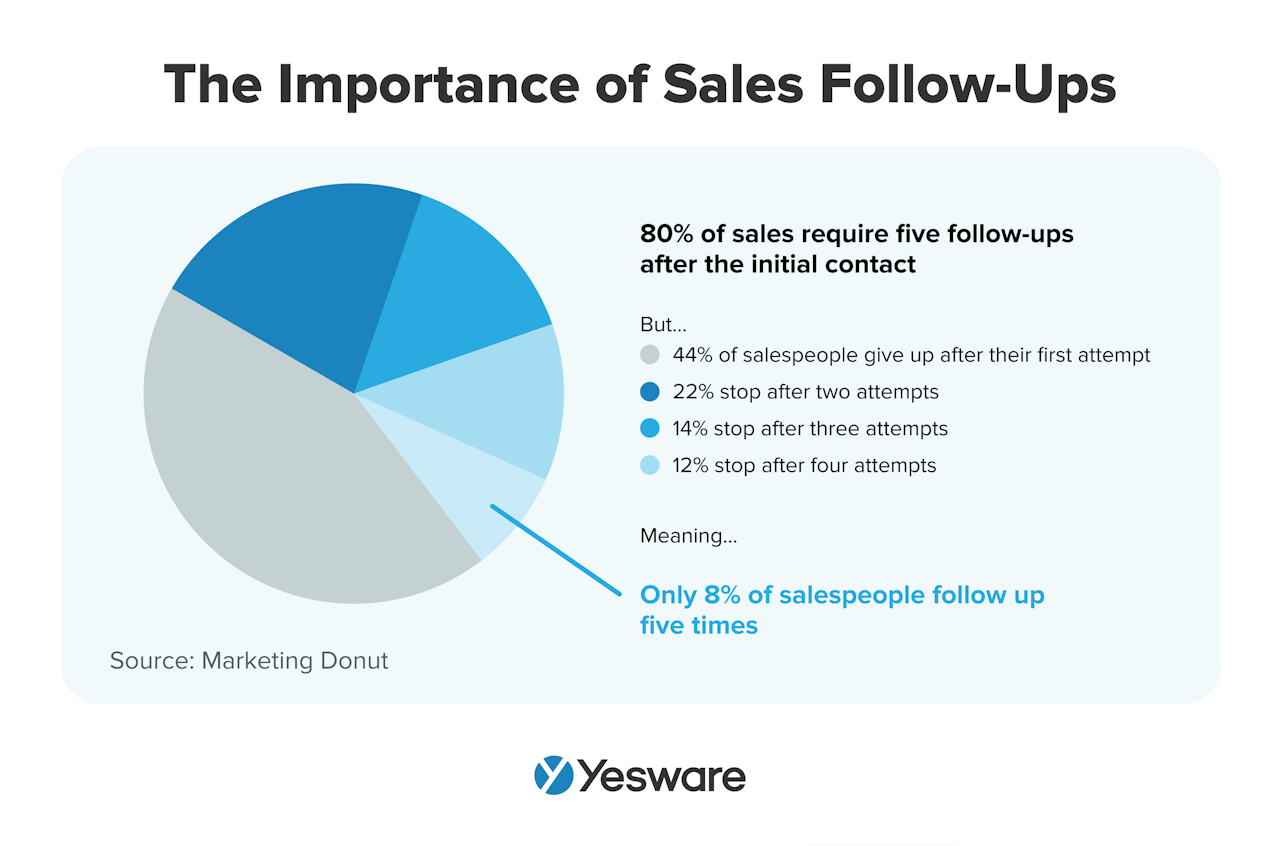 Make sure you plan specific times in the sales funnel during which to follow up. Sales platforms like Yesware make it easy to draft winning follow-up templates and auto-send them at the perfect time.
Make sure you plan specific times in the sales funnel during which to follow up. Sales platforms like Yesware make it easy to draft winning follow-up templates and auto-send them at the perfect time.
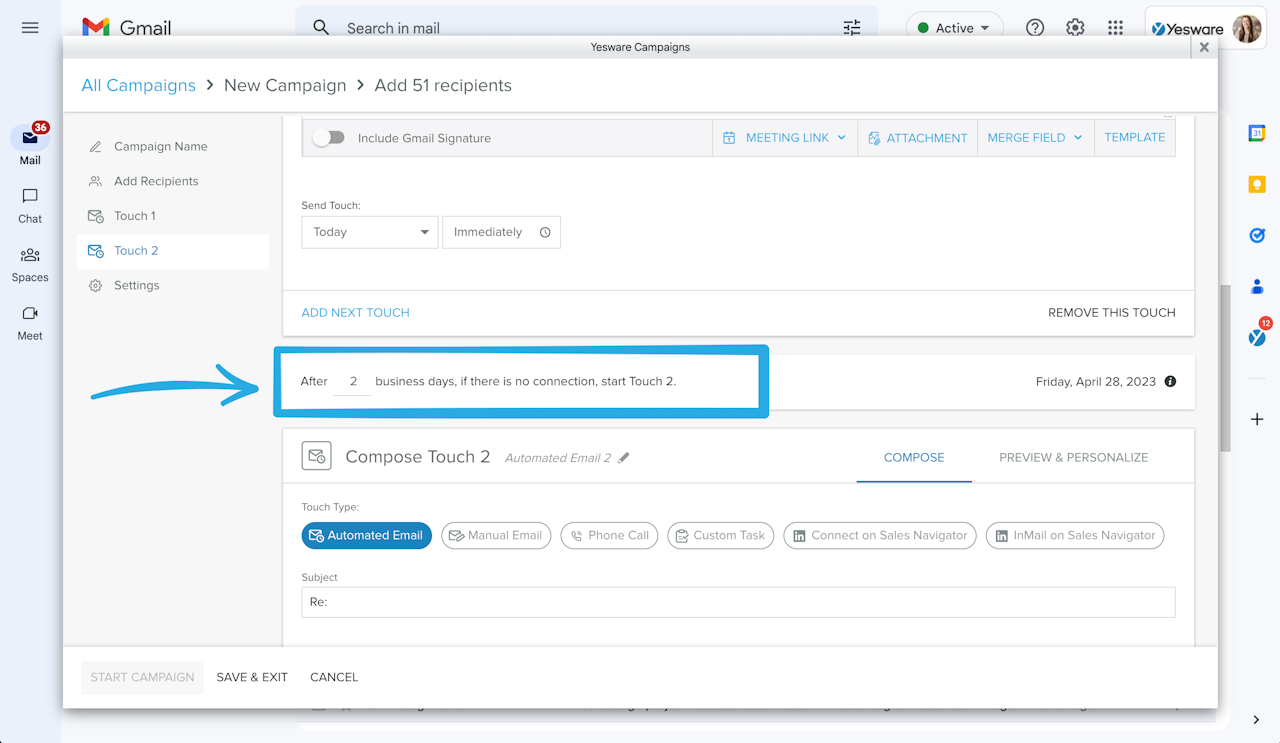
Interested in sending automated campaigns? Try Yesware for free here.
Keep Meticulous Data
Literally, all of your sales funnel efforts will be for naught if your data is inaccurate, out of date, or incomplete. This is known as bad data.
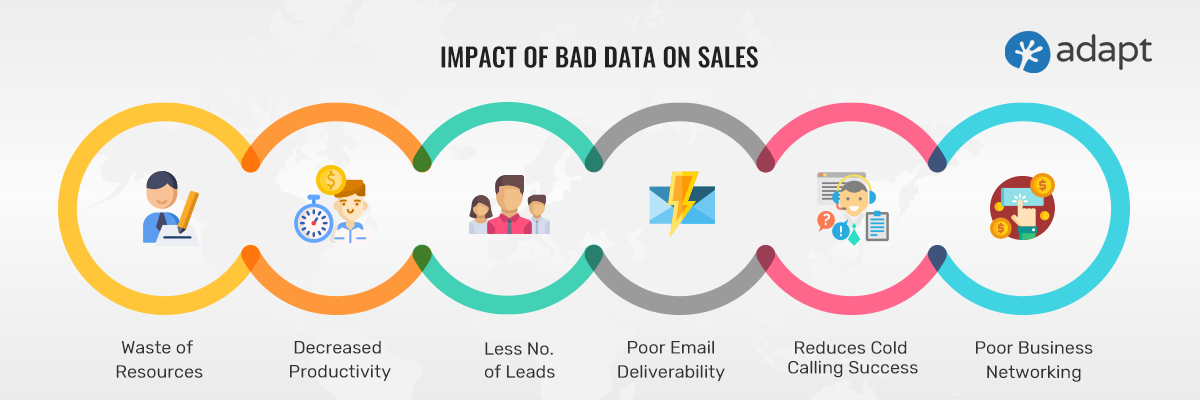
Make sure everyone on every team involved in data collection knows the exact data points they need to collect and put into whatever shared platform you use to store data.
It’s important to make sure that, in addition to the data itself, your team’s data collection practices are also standardized and upheld. How and when reps collect data, as well as how they store and manage it, is as important as the data itself.
Get sales tips and strategies delivered straight to your inbox.
Yesware will help you generate more sales right from your inbox. Try our Outlook add-on or Gmail Chrome extension for free, forever!
Related Articles
Casey O'Connor
Casey O'Connor
Anya Vitko
Sales, deal management, and communication tips for your inbox
